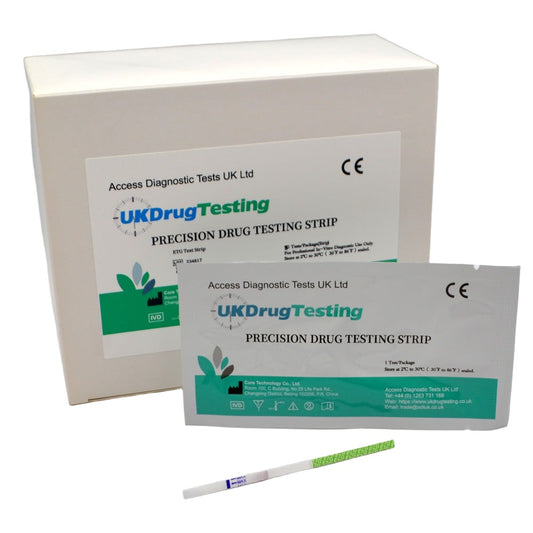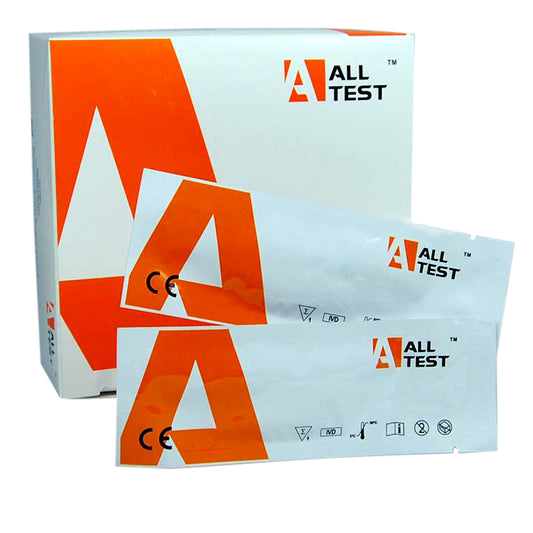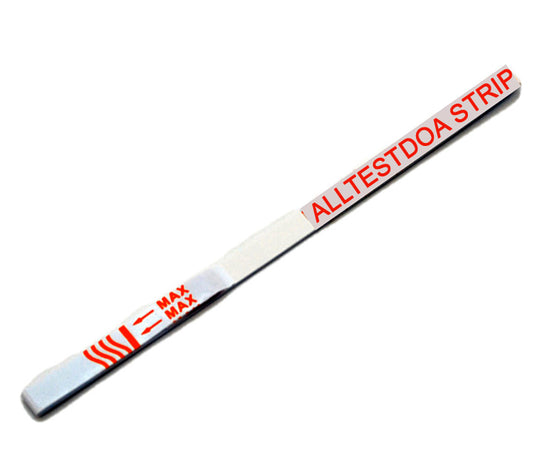ETG Test
An ETG test is an alcohol urine test that is often employed in settings requiring alcohol abstinence verification, such as legal proceedings, workplace alcohol testing, or substance abuse treatment programs. The ETG test is performed on a urine sample and can detect alcohol consumption for up to several days after ingestion, depending on various factors such as the amount of alcohol consumed, and the metabolism of the individual being tested. metabolism.
Why is the ETG test also known as the 80 hour alcohol test?
The ETG test is sometimes referred to as the "80-hour alcohol test" because it has the capability to detect the presence of ethyl glucuronide (ETG), a metabolite of ethanol (alcohol), in urine samples for an extended period of time after alcohol consumption. While traditional alcohol tests, such as breathalysers, can only detect alcohol for a relatively short period (usually up to 24 hours), ETG testing can detect alcohol consumption for a longer duration, often up to approximately 80 hours (although in practice it is often only up to 72 hours) after the last drink. This extended detection window makes the ETG test valuable in situations where a longer history of alcohol use needs to be assessed, such as in probation programs, workplace testing, or alcohol treatment programs.
Performing an ETG test on a urine sample using an ETG urine test strip:
- First read the instructions supplied with the ETG test.
- Prepare the test strip for use.Remove the ETG test strip from its foil pouch
- Check the expiration date before use.
- Collect a fresh urine sample: Use a clean and dry container to collect a urine sample from the individual being tested. Ensure the sample is sufficient for testing purpose
- Dip the test strip into the urine sample: Remove the ETG test strip from its packaging. Dip the absorbent end of the strip into the urine sample for the duration specified in the test instructions, usually a few seconds.
- Remove Excess Urine: After dipping, gently tap the strip on the edge of the container to remove excess urine.
- Wait for Results: Place the test strip on a clean, flat surface and wait for the specified time, usually 3-5 minutes, for the results to develop. Avoid touching the test area or allowing it to come into contact with any surface.
- Read Results: After the specified waiting period, observe the test area for the presence or absence of a coloured line. The appearance or absence of lines according to the instructions provided indicates the result of the ETG test.
- Interpret Results: Follow the interpretation guidelines provided with the test kit. Typically, the presence of a line (even faint) next to the "T" (test) line indicates a negative result, while the absence of a line indicates a positive result.
- Dispose of the ETG Test Strip: Safely dispose of the used test strip according to local regulations and manufacturer instructions.
Always ensure that you follow the specific instructions provided with the ETG test kit that you are using, as procedures and interpretation guidelines may vary slightly between different ETG test manufacturers.
ETG test FAQ
The Ethyl Glucuronide (EtG) test is a popular method for detecting alcohol consumption. Below is a comprehensive FAQ that addresses commonly asked questions about the EtG test:




